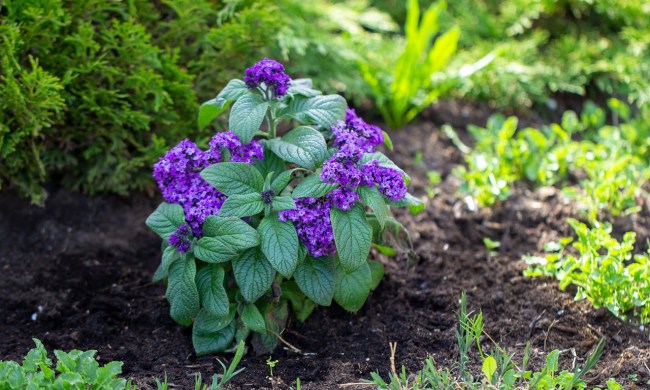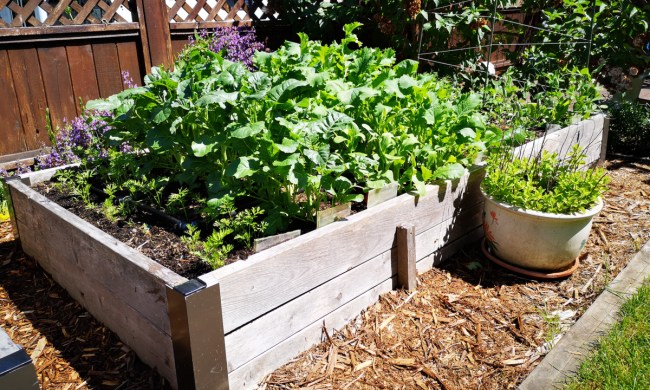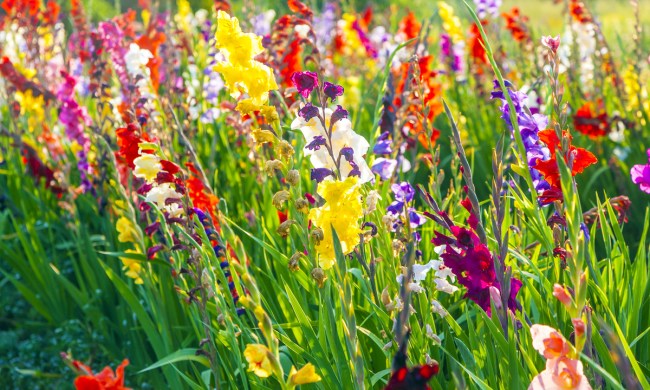Hydrangeas are stunning plants that are popular for their large flowers and low-maintenance care requirements. There are many different kinds of hydrangeas, from the classic oakleaf hydrangea to the prolific blooming endless summer hydrangea. If you’re looking for a hydrangea that’s classy, elegant, and versatile, then you might be interested in hearing about limelight hydrangeas. This guide will explain everything you need to know to start growing this gorgeous hydrangea variety.
What are limelight hydrangeas?

Limelight is a variety of panicle hydrangea. Panicle hydrangeas grow as medium to large shrubs, with large cylinder or cone-shaped flowers. Limelight is one of the most popular panicle hydrangea varieties. It’s incredibly hardy and easy to grow, and its flowers are quite unique.
These hydrangea flowers are white or pale green for most of the season, but they turn pink or red later in the year. With this unique and stunning quirk, it’s easy to see where the name limelight comes from — these hydrangeas are sure to steal the show in any garden! Despite their impressive appearance, limelight hydrangeas are easy to care for if planted correctly.
Planting limelight hydrangeas

Limelight hydrangeas are tolerant of many conditions, but one thing they cannot tolerate is waterlogged soil. Make sure to plant your limelight hydrangeas in well-draining soil and avoid planting them in heavier clay-based soils. Soil pH is not a major factor for limelight hydrangeas, but they do prefer neutral to slightly acidic soil. Soil with plenty of organic matter is ideal, so consider mixing compost or leaf mulch into the soil before planting.
You can plant limelight hydrangeas in full sun to partial shade. In mild climates, either will work just fine. If you live in a colder, more northern climate, then you should aim for more sun than shade, while gardeners in hotter, southern regions should try to provide some afternoon shade for these plants.
Limelight hydrangea care

Limelight hydrangeas need regular watering for the first few weeks after planting, so they can develop a healthy root system. Once they’re established, limelight hydrangeas are drought-tolerant plants, so you can reduce waterings if necessary or preferred. Regular watering will help them bloom more, though, so it’s worth the effort to keep watering them.
If the soil they’re planted in is rich, limelight hydrangeas don’t need fertilizer to thrive. However, a few doses of balanced fertilizer during the growing season can give them a boost, leading to bigger plants and more flowers. Avoid fertilizing them during fall and winter, when the plant begins to wind down and go dormant.
Deadheading and pruning your limelight hydrangeas are not technically necessary, but both have benefits. Deadheading keeps your plant looking neat and creates space for new flowers to grow. Likewise, pruning your hydrangea plants in late winter or early spring paves the way for new growth in the spring.
Can you grow limelight hydrangeas in containers?

Limelight hydrangeas can grow in containers, with a few considerations. Caring for your limelight hydrangea does not change significantly, but keep in mind that potted plants need fertilizer to replace the nutrients in the soil and to increase protection from the weather. Set your potted limelight hydrangea up for success by using a large, heavy pot with plenty of drainage holes.
As your limelight hydrangea grows, it can become top heavy and can fall over. A heavy container acts as a counterbalance, keeping the plant upright. The pot should also be large enough to accommodate your limelight hydrangea, and both the container and the potting soil should allow water to drain freely.
Do limelight hydrangeas change color?

Limelight hydrangeas do change color, but not in the way that other hydrangeas do. Some hydrangeas change color based on the soil pH, with acidic soil turning the flowers blue and alkaline soil turning them pink. The soil’s pH doesn’t affect the limelight hydrangea flowers. They do change color with the seasons, though. Early-season flowers are white, cream, or pale green, but in late summer or early fall, the flowers begin to turn pink, red, or even a rusty orange-red. This is great news for any gardeners who like to theme their gardens around the seasons. Limelight hydrangeas will automatically match each season without any effort on your part.
Growing hydrangeas is a fun and easy way to fill your yard or garden with big, beautiful flowers. Of all the lovely varieties you have to choose from, it’s easy to see why limelight is so popular. Its unique color-changing flowers, coupled with its tolerant and hardy nature, make it a delight to have in practically any garden. Why not give it a try and plant one for yourself?




